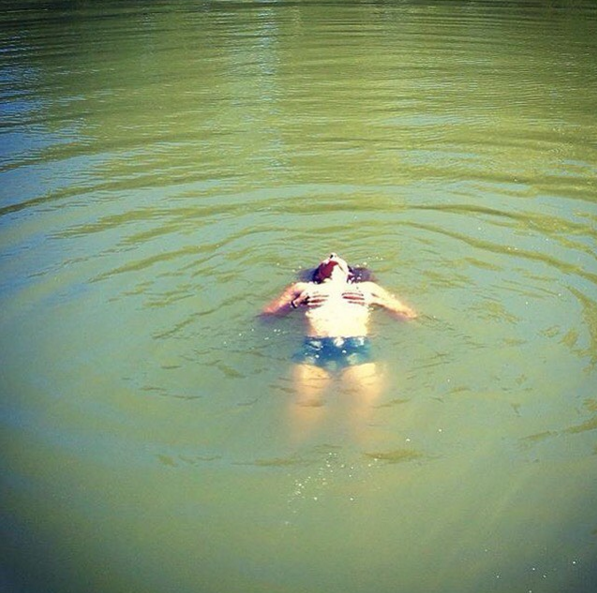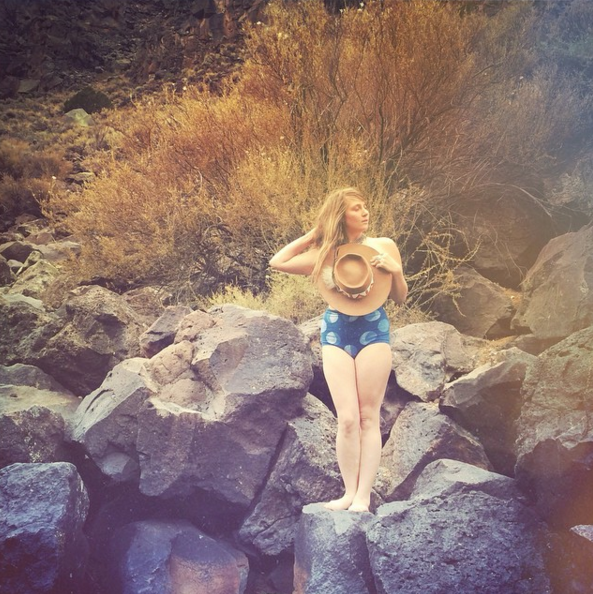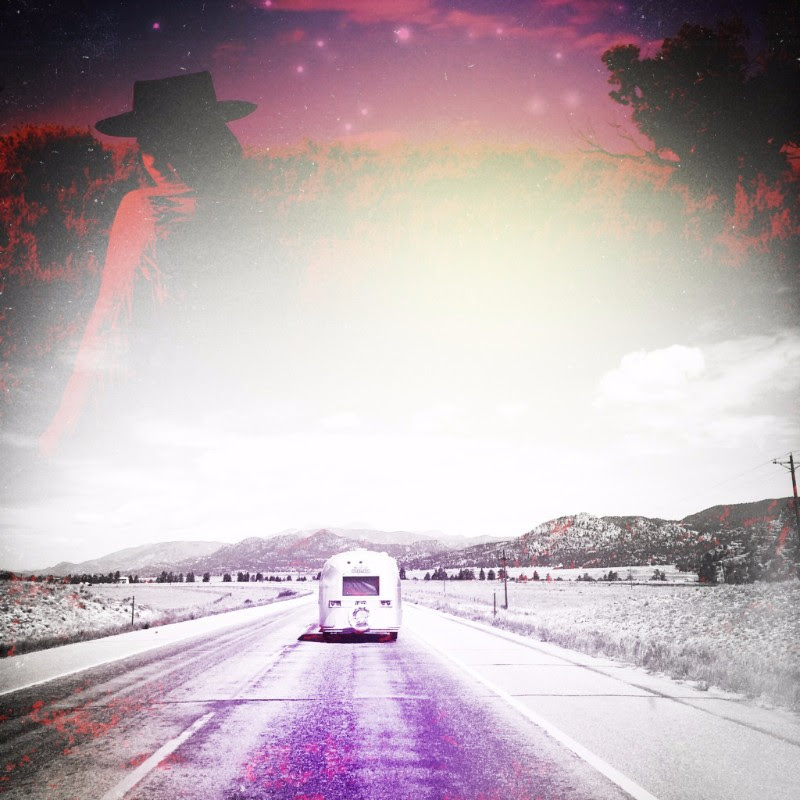A Love Story In Two Parts
p a r t o n e
S E L K I E S O N G
we are the weavers :: we are the web
we are the flow :: we are the ebb
we are the Earth from which we are fed
yes, we are the Witches, come back from the dead
The words above have their origin in a traditional pagan verse which my dear sister Rachel elaborated on and set to music in her song, The Weird Sisters. Before you read on, listen to it here. It is one of the most hauntingly beautiful and stirring songs you'll ever hear.
It was a grey day on the Mendocino Coast and very much by accident, I found myself on the edge of the Ocean. With Sisters, both new and familiar, I sat on the rocks and sang songs of thanks and longing to the Sea. We prayed and offered Tobacco + Rose Petals and I felt as though I'd driven all the way from Texas, simply to arrive on this rocky crag with my Sister Sirens. A Selkie appeared before us, beautiful as anything I've ever seen -- speckled and pale grey, curious and filled with a mystery I long still, to know more of.
+ + +
T H E S A L T G A T H E R E R S
My devotion to her many mystery grows deeper with each rise and fall of the tide I am privy to witness. I have learned that she is fierce; that she is generous; that she waits for no one. The Sea, as I see her, is like Kali, Great Mother of cutting and more-than-human compassion. I love her for this, for what she teaches me and reminds me of through it. We can hold onto nothing in this life; rather we are like bits of colored glass or fine agates upon the shore, polished to smoothness by so much pressure and chaos and force. It is through our surrender to the waves of life that we are shaped, our sharp edges softened, our surfaces polished and patinaed--forming each of us into the treasures we were meant to become, grasping nothing but the magnificence of our own experience which glimmers on silent from within.



































